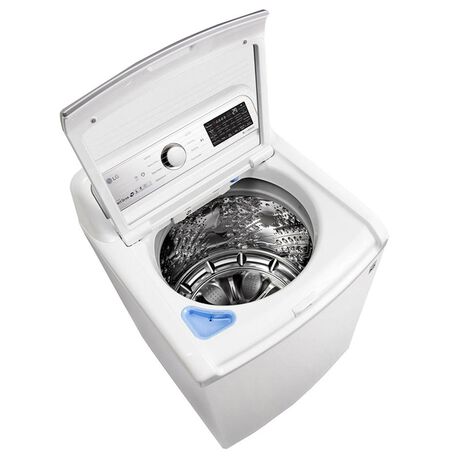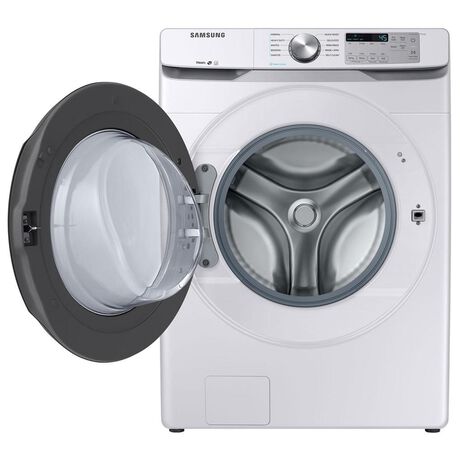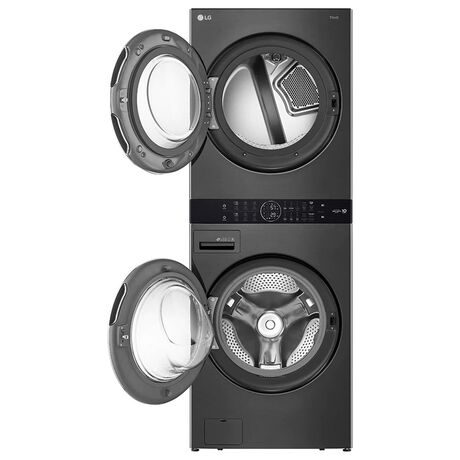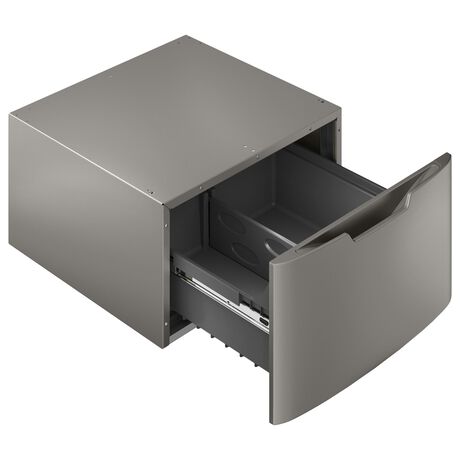Washer and Dryer Installation
Installing a new washer and dryer requires careful planning to ensure safety and long-term performance. Before setup, review these important questions:
- Do you have the correct electrical cables, venting kits, and water hookups for your new appliances?
- If stacking units, have you purchased the appropriate stacking kit for your model?
- Do you have the equipment and resources to safely move and position these heavy machines?
Because washers and dryers are heavy and gas models require professional installation, many customers choose NFM’s trained experts for delivery and setup. Our team ensures proper connections, safe installation, and hassle-free service.
Learn more about Washer & Dryer Installation at NFM
For additional questions about installation or available services, contact our Customer Service team at 800-336-9136.
Plan Ahead for Repairs and Accidents
Washer and Dryer Warranties
A new washer or dryer can be a significant financial investment, so it's a good idea to consider what type of warranty or service plan may be available for the machines that you want to buy. Each manufacturer has there own version of what is covered and what is not.
Check the manufacturer's warranty, any homeowner appliance warranties you may already carry, as well as store protection plans, to determine what type of coverage you may already have, and determine any additional coverage you may want to buy for future washer or dryer repairs or replacements. Additional coverage can be purchased right here at NFM and for more information please visit our Warranty Page.
FAQs
How long do washers and dryers last?
- Washers: 10–12 years
- Dryers: 12–15 years
What size washer is best for a family of four?
- A 4–4.5 cu. ft. washer and a 7 cu. ft. dryer are ideal.
Is a stackable washer and dryer a good choice?
- Yes, if you’re tight on space. Just remember capacity may be smaller than side-by-side units.
When is the best time to buy a washer and dryer?
- Holiday weekends like Memorial Day, Labor Day, and Black Friday often offer the best appliance deals.
Shop Washers and Dryers at NFM
Explore NFM’s wide selection of washers, dryers, and laundry pairs. From affordable top-loaders to premium front-load sets with smart features, we’ll help you find the perfect fit for your home. With professional delivery, installation, and protection plans, NFM makes upgrading your laundry room easy and worry-free.





